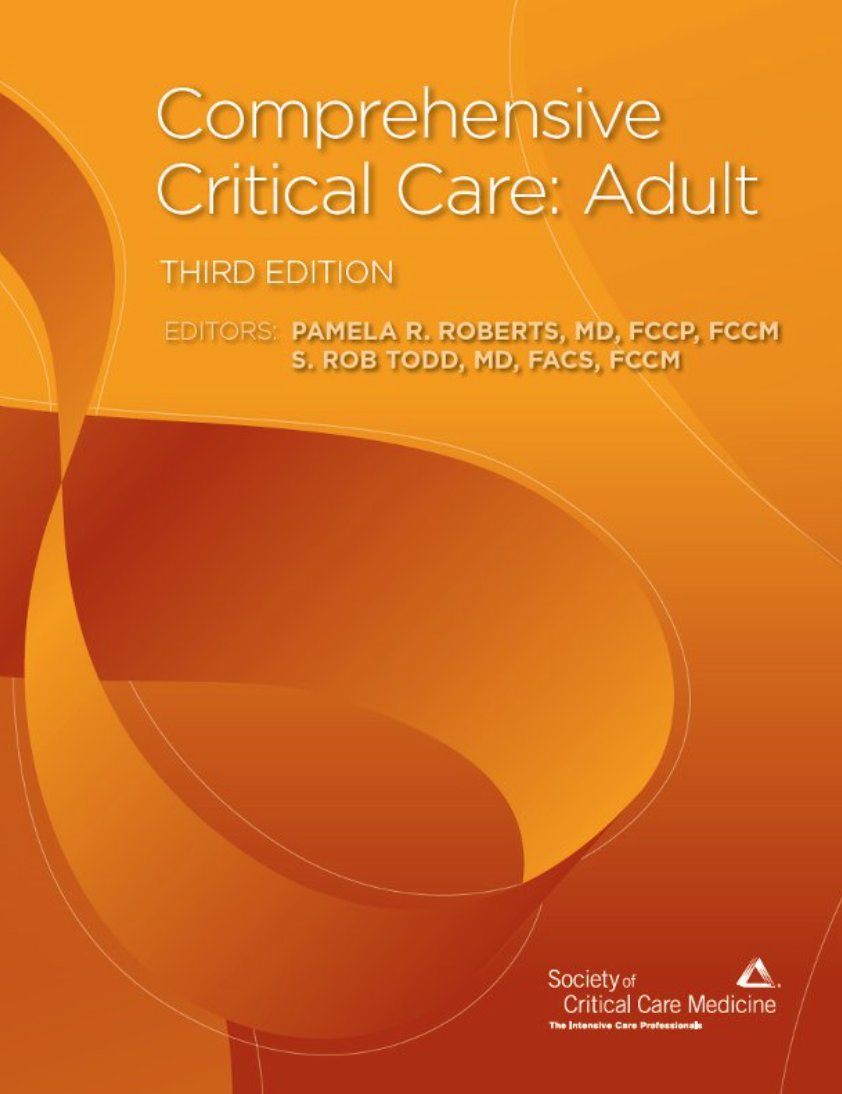
Judging from yesterday's post, many friends are interested in how to get the most out of these books 👇 and ace the exams, so a few more tips are on their way:
https://twitter.com/IM_Crit_/status/1614457555568234501
1. Tylenol use can lead to high anion gap metabolic acidosis. Don’t ask me about the mechanism!
2. Every patient who manages to fly eastbound with Southwest Airlines & subsequently develops pneumonia not responding to common antibiotics has actually blastomycosis
2. Every patient who manages to fly eastbound with Southwest Airlines & subsequently develops pneumonia not responding to common antibiotics has actually blastomycosis
3. Every oncology patient who receives chemo is destined to develop tumor lysis syndrome. Please learn about hydration/allopurinol/rasburicase
4. Along these lines, every oncology patient on immunotherapy will develop pneumonitis. Remember the steroids from yesterday’s post?
4. Along these lines, every oncology patient on immunotherapy will develop pneumonitis. Remember the steroids from yesterday’s post?
5. Burn patients don’t die of SIRS, fluid losses or multidrug resistant organisms; in these books (and the boards), they die of undiagnosed CO poisoning
6. Thrombotic thrombocytopenic purpura is 20 times more frequent than iron-deficiency anemia and anemia of chronic disease
6. Thrombotic thrombocytopenic purpura is 20 times more frequent than iron-deficiency anemia and anemia of chronic disease
7. I know we cannot tell the flow-time from the pressure-time scalar but reverse triggering should be recognized from a mile away
8. If the patient in the clinical vignette is breathing 34/min w O2 Sat 90%, SBP 92 mmHg, HR 138/min and you are given the option to “extubate”,
8. If the patient in the clinical vignette is breathing 34/min w O2 Sat 90%, SBP 92 mmHg, HR 138/min and you are given the option to “extubate”,
this 👆 is the correct answer. Remember, this is a test not real life!
9. Every poor person living in a camper and presenting w diffuse weakness is suffering from botulism
9. Every poor person living in a camper and presenting w diffuse weakness is suffering from botulism
10. Every patient who has his throat sprayed with benzocaine needs to have his iv flushed with methylene blue!
Thanks for reading! You just got another 10+ questions right...
#FOAMed #FOAMccn #MedTwitter #MedEd #EMBound @msiuba @NephroP @MynephCC
@TaotePOCUS @cjosephy @pdsalinas @critconcepts @MegriMohammed @emily_fri #MedStudentTwitter
#FOAMed #FOAMccn #MedTwitter #MedEd #EMBound @msiuba @NephroP @MynephCC
@TaotePOCUS @cjosephy @pdsalinas @critconcepts @MegriMohammed @emily_fri #MedStudentTwitter
• • •
Missing some Tweet in this thread? You can try to
force a refresh









